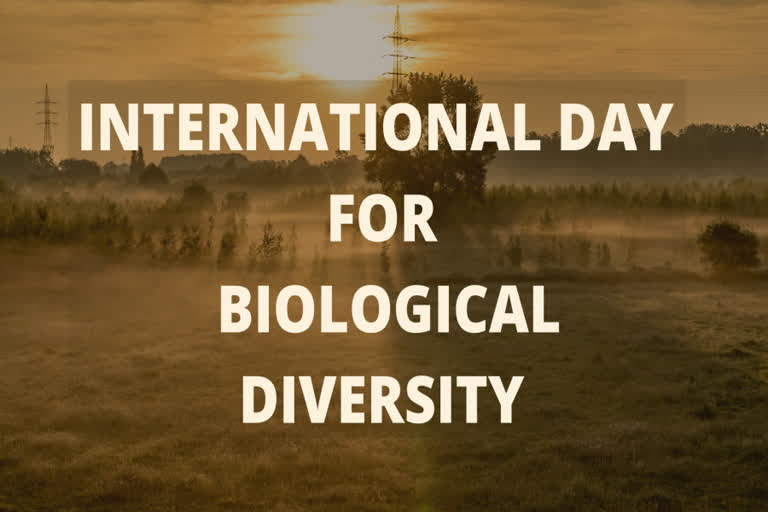Hyderabad: Biological diversity is often understood in terms of the wide variety of plants, animals and microorganisms, but it also includes genetic differences within each species — for example, between varieties of crops and breeds of livestock — and the variety of ecosystems (lakes, forest, deserts, agricultural landscapes) that host multiple kinds of interactions among their members (humans, plants, animals).

The 2021 Year theme: “We’re part of the solution”
The devastation of biodiversity: The current biodiversity crisis, often called the 6th mass extinction, is one of the critical challenges we face in the 21st century. Numerous species are threatened with extinction, mostly as a direct or indirect consequence of human impact. Habitat destruction, climate change, overexploitation, pollution, and invasive species are among the main causes for Earth’s biota to decline rapidly. The numbers of mammals, birds, fish, plants and insects have fallen an average of 68 percent from 1970 to 2016, which is more two thirds in less than 50 years. About 75 percent of the earth’s ice-free land surface has already been significantly altered, most of the oceans are polluted, and more than 85 percent of the area of wetlands has been lost,
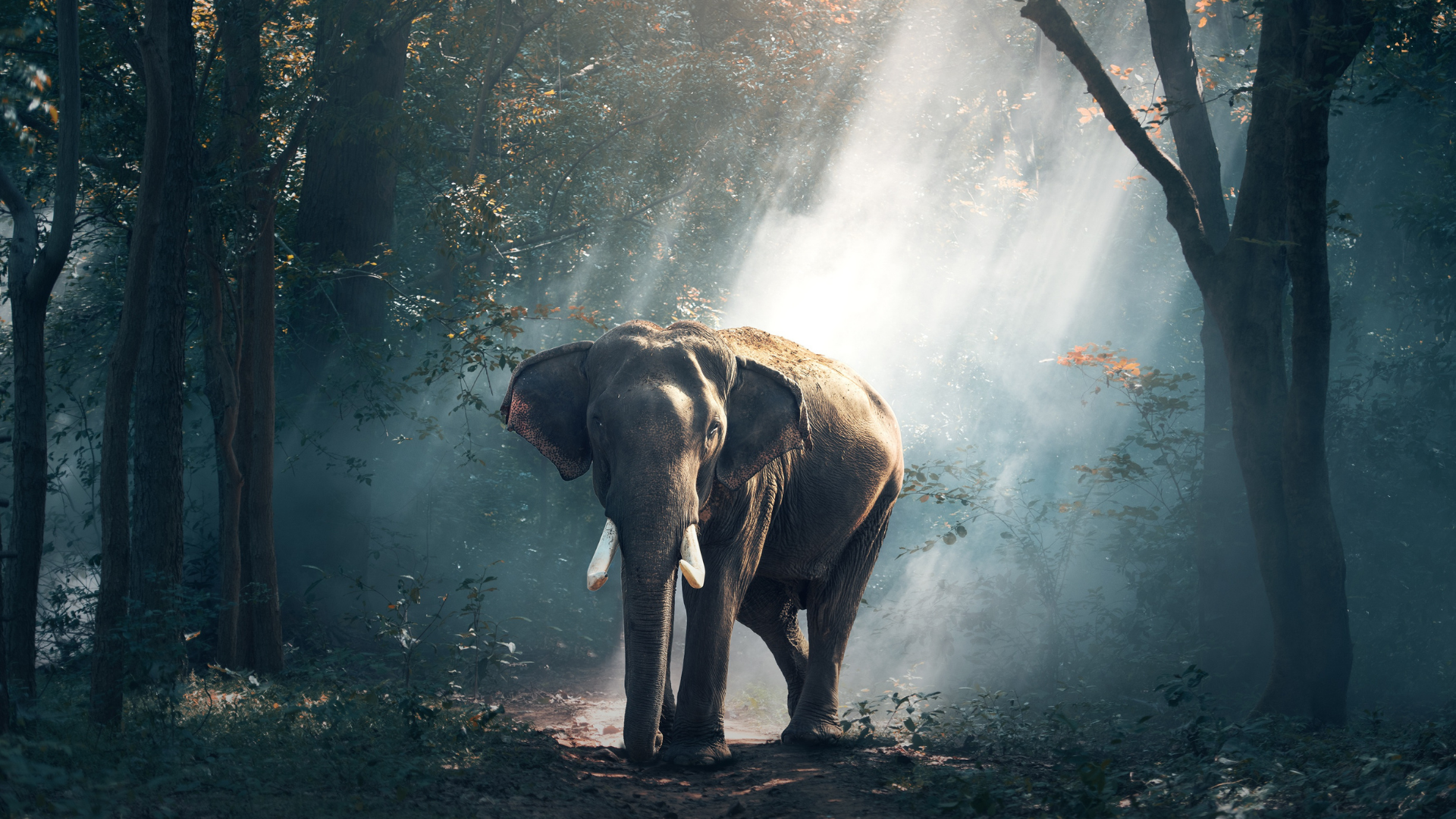
The Living Planet Report 2020 (LPR) shows us that global biodiversity loss is at its worst
The five threats to Biodiversity
- Land and sea use change: Agricultural land use is responsible for 80% of global deforestation.
- Pollution: Make the environment unsuitable for survival directly and indirectly
- Species overexploitation: Overfishing may decimate global fish populations by 2050.
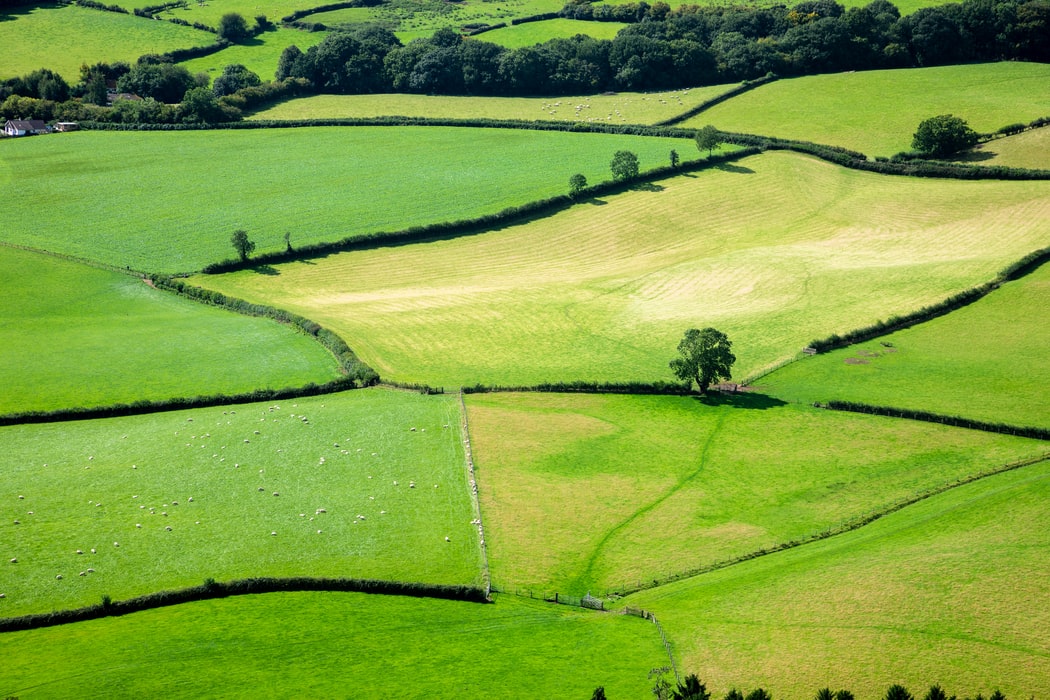
- climate change: Forcing the animal to shift range or confounding the signals that trigger seasonal events and more
- Invasive species and disease: compete with native species for space, food and other resources, sometimes spread disease that native species have no immunity of.
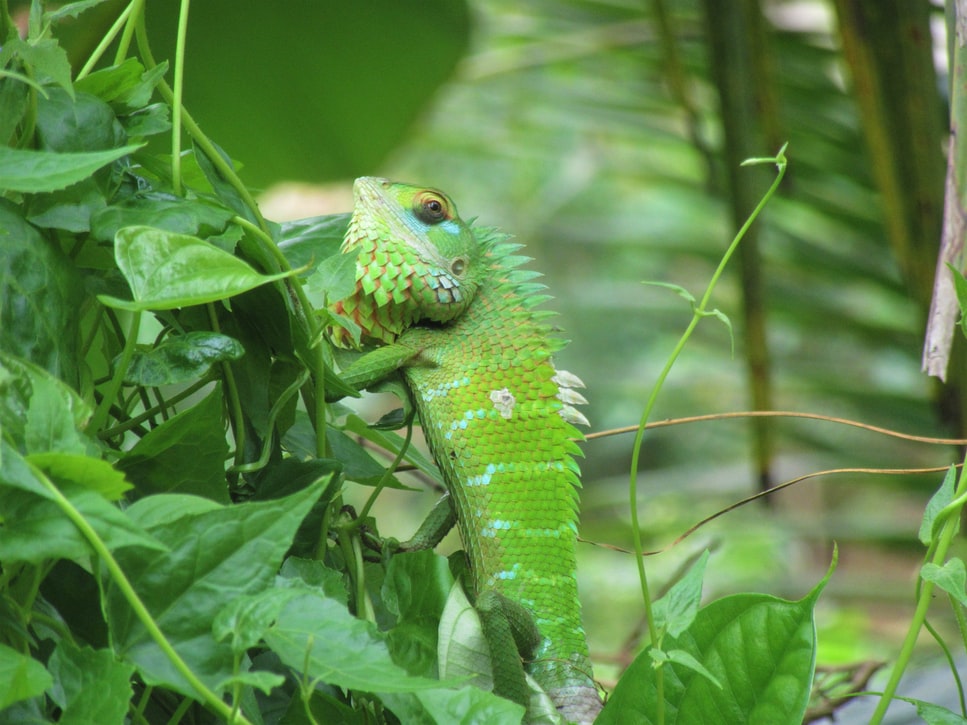
The analysis was carried out for 5 regions: Europe and Central Asia, Asia Pacific, Latin America & Caribbean, Africa and North America. Taking species population as a measure, a significant loss in biodiversity was found in all regions, with encroachment on natural land identified as the most prominent threat to wildlife. Latin America & the Caribbean have sustained a loss of 94% since 1975.
North America
Nearly 3 billion birds lost in the past 50 years
Possible causes: Habitat loss, chemical pollution (pesticide)
The water level of the Great Lakes, biggest freshwater reservoir area in North America, at a historical low 30% of its plant-pollination network has disappeared
Europe and Central Asia
- Only 23% of species and 16% of their habitats are in good health.
- 1,677 out of 15,060 European species are threatened with extinction; the most endangered are snails, clams and fish.
- 6 animal, bird and fish species, including the Saiga antelope, the gyrfalcon and the Persian leopard, are facing the risk of extinction in Russia.
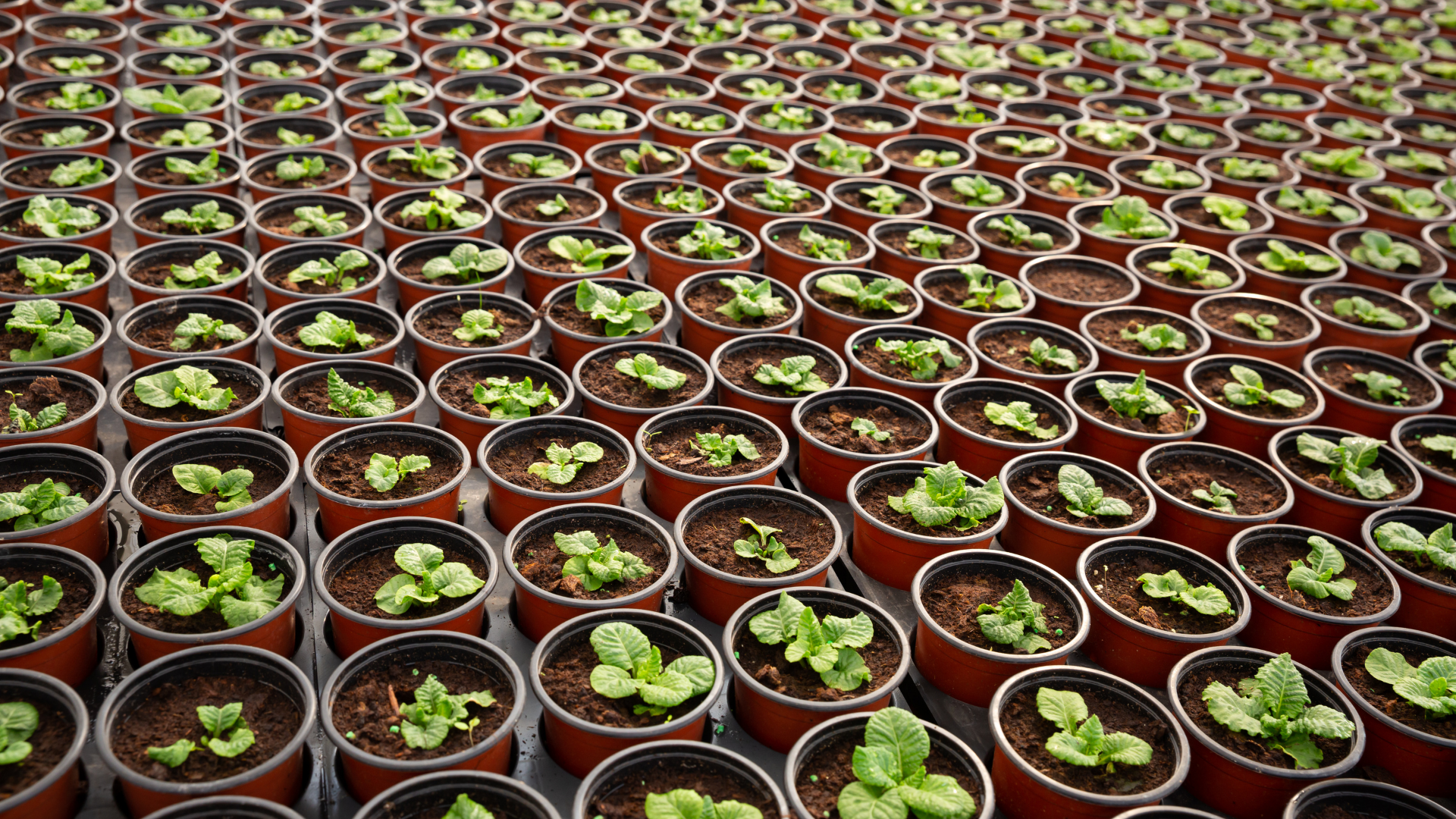
Latin America & Caribbean
- Major negative trends observed in reptiles, amphibians and fish
- A type of chytrid fungus, which originated in Asia, has been causing declines in 500 amphibian species and driven around 90 of them to extinction
- 2019 record-breaking dry seasons and forest fires lead to a surge in deforestation, with 30% more than the previous year.
Africa
Increasing threats of extinction for the species in the Mara River Basin
- The ecosystem provides a livelihood for around 1.1 million locals
- 76% of endemic freshwater species in Lake Victoria are threatened with extinction
- Illegal hunting and mining have driven down the Grauer’s gorilla population in the Congo by 87%.
Asia Pacific
- Nearly 3 billion animals were killed or displaced by Australia’s devastating bushfire season of 2019 and 2020
- More than 80% of East and Southeast Asia’s wetlands are classified as threatened due to human activity.
India at a glance
- India is a highly biodiverse country, holding over 45,000 species of plants in only 2.4 percent of the world’s land area.
- In India, 3% of bird species face extinction; 19% of amphibians are threatened or critically endangered
- 12% of wild mammal species are threatened with extinction.
- Bee colonies are also collapsing drastically across the country.
Also Read: Tinder to alert users before they send offensive messages
